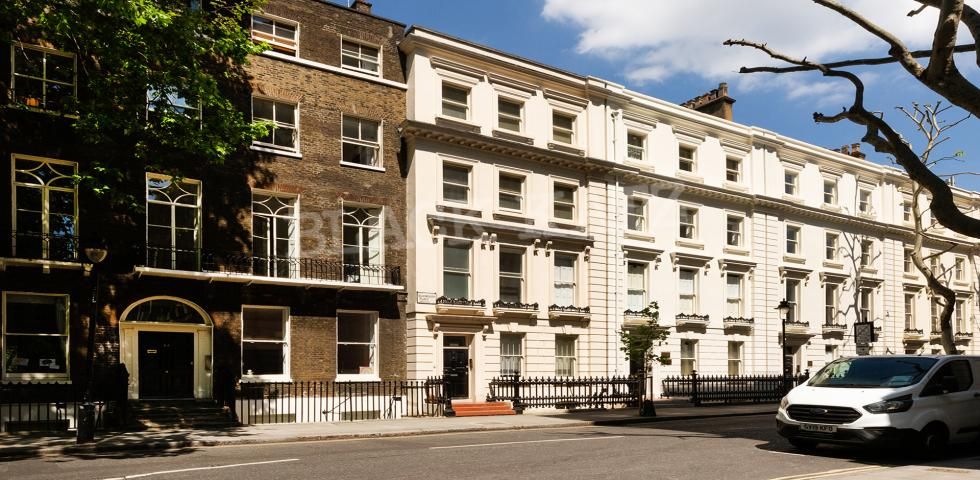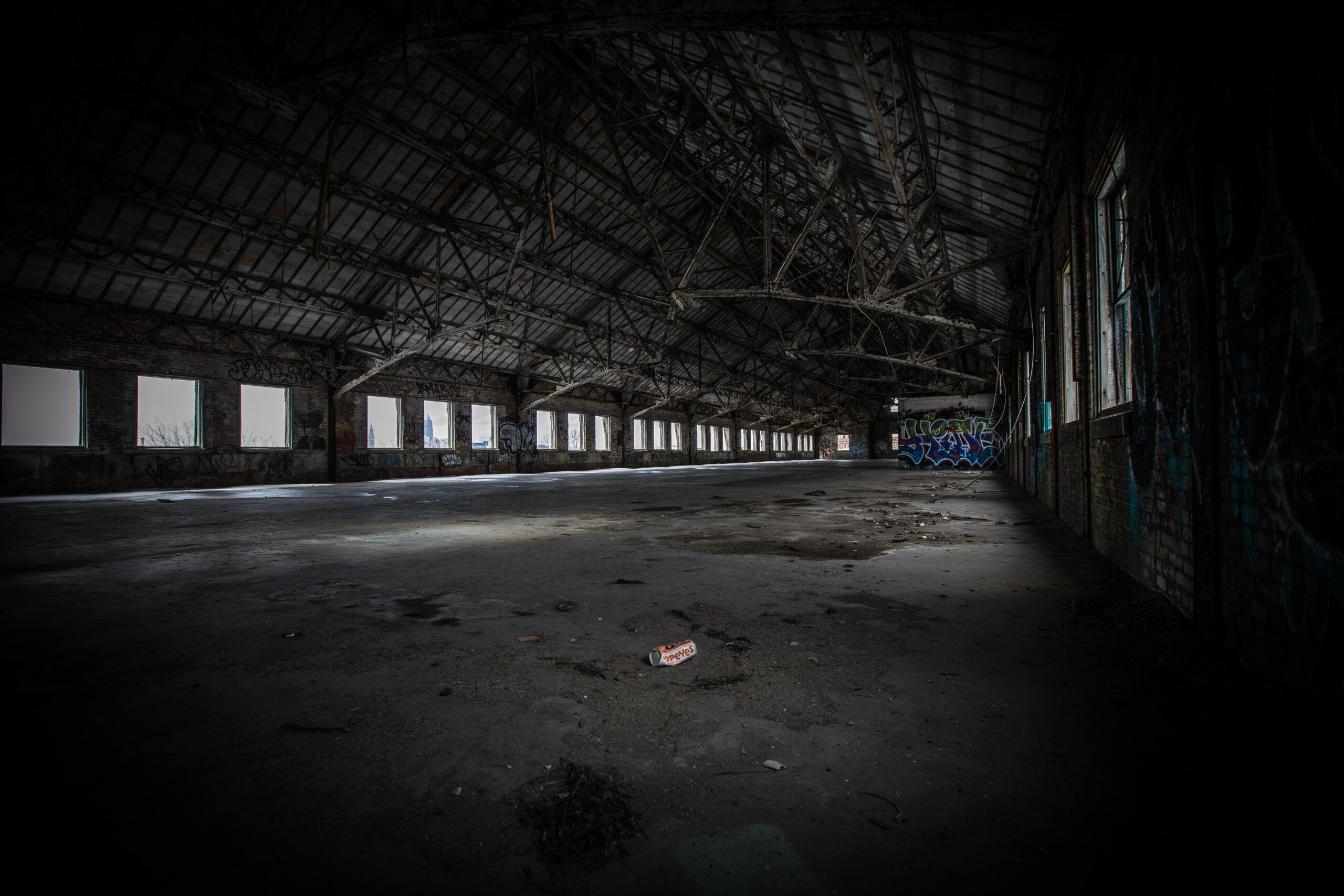2 Bloomsbury Place-Gallowglass new central London hub
Just before Christmas 2020 Gallowglass Security took over the lease of 2 Bloomsbury Place from our long-term client, The Bedford Estate. The location has become a home to our key holding and response teams, providing respite for our foot patrol teams working through the coldest of winter nights and space for our growing enforcement department.
Although the building is brand new to us there have been many fascinating occupants since the first tenant Mary Frankland lived here from 1733 to 1735. At the time the area was known as “Passionate Bloomsbury” on account of the number of artists and writers who lived in the district. The name Bloomsbury is originally derived from Blemund’s Bury, a “bury” being the Saxon term for a manor house.
The house was occupied by from 1736 by lady Jane King before passing to James Booth who lived here for 42 years. Whilst his name is not a famous one his influence at the time was significant. He wrote the will of George the third, advised the Duke of Cumberland, brother of the king, that “in law no king of England has the power to bequeath personal property” after the king had torn up the will of his father George the second.
From 1772 Richard Heron took up occupation describing it “above middle size, well made and of good construction”. In 1776 he would become principal secretary to the lord lieutenant of Ireland, where he was held in high esteem for his “integrity and devotion to duty”.
In 1786 a more recognisable name of Richard Ryder took up residence, a royal master carpenter who gave his name to Ryder Street in St James’s as he over saw its construction.
By 1841 the house was used by a charity called the Corporation of the Sons of Clergy which had been established in 1655 by royal charter during the reign of Charles the second. The charity gave pensions and donations to the widows of clergymen and provided education to their children.
This was not the last philanthropic organisation to be based at 2 Bloomsbury Place, in 1885 the Cholmondeley Charities took occupation. A wonderful anecdote from that time was the occasion Lord Cholmondeley was visited at 2 Bloomsbury Place by a famous confidence trickster called Horatio Bottomley. The fraudster made the mistake of pronouncing his lordships name phonetically, the butler advised the miscreant that “chumleigh” was the correct way to address Lord Cholmondeley. To which Bottomley retorted “I see, in that case perhaps you would tell his lordship that Mr Bummerley is here to see him”.
By 1920, 2 Bloomsbury Place became exclusively used for commercial activities, these have included a firm of watch importers, a lady named Millauro who specialised in the manufacture of glass eyes, and the press and public relations specialists, Richman and Associates. It is our turn to write a new footnote in this building’s wonderful history.

